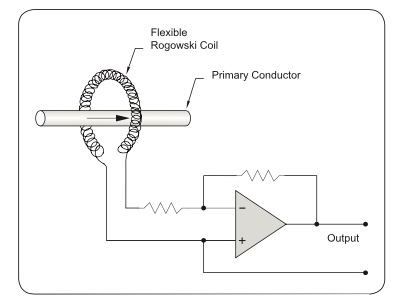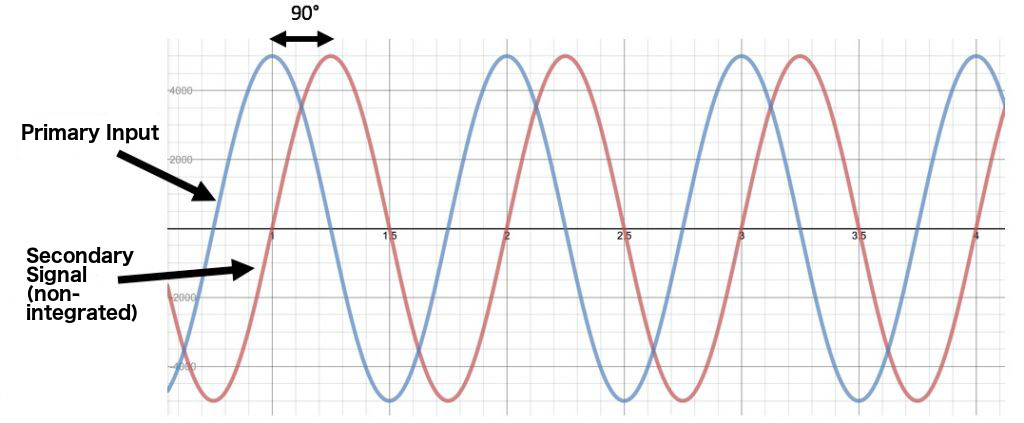Named after their inventor, Walter Rogowski, the Rogowski style of coils was first developed in 1912. They function as a measurement tools that determine the current moving through a conductor that has been inserted within the flexible Rogowski loop. Rogowski coils allows the observer to accurately examine the changes in current over a given period. To utilize the output, you may need to “integrate” the raw voltage output. We’ll talk about what this means in a minute, but first we need to explain a little more about the coils themselves.
What exactly is it?
The Rogowski coil is a closed loop configuration that is wound over a nonmagnetic, constant cross-sectional area.

The extreme flexibility of the coil allows it to be wrapped around cables and bus bars without disrupting the power or adding an energy burden to the line that is being measured. The linear output and flexibility of the coil provide for more versatile functioning than the traditional CTs; however, there are some downsides. Even though you can measure high amperage with no saturation, the coil inductance displaces the phase +90 degrees with respect to the input current, as shown below.
Rogowski Coil Phase Shift

Pros and Cons of Rogowski Coils
The benefits of using Rogowski coils typically outweigh the few challenges you might experience. Because they have no core they are: 1) conveniently flexible and 2) lightweight and manageable (lower cost of shipping, etc.). The coils are often made in large circumferences to allow the measurement of wide bus bars or multiple cables (in the same phase). They can also be used to detect small AC changes in large DC loads because no saturation occurs (DC usually saturates the cores of traditional CTs too fast). They can handle fast current changes in as short a frequency as several nanoseconds.
Passive Rogowski coils output a very low AC voltage, often somewhere between 20 – 150mV per 1000A. In addition, as pointed out previously, the phase is retarded 90 degrees. Most meter manufacturers require 333 mV, 5A, 1A or some other (higher) signal output than what the Rogowski coils produce passively. For this reason Rogowski coil manufacturers often sell their products with an “integrator” option. The integrator does two things:
- Amplifies the signal (typically to 333 mV or another commonly accepted signal)
- Compensates for the 90 degree phase shift.
Science
The following is the physical formulation: V = -M dI/dt
V = Voltage Detected
M = Mutual Inductance of the Coil or Coil Sensitivity (Vs/A)
dI/dt = Rate of Change of Current
Rogowski Coil’s CT Equivalent Circuit

Source: Practical Aspects of Rogowski Coil Applications to Relaying, Kojovic, Beresh, et al
Applications
Rogowski coils are commonly used in energy monitoring situations. They are also very popular in measuring the currents in pulse-powered systems, arc melting furnaces, welding systems, the testing of electric generators, and as sensors in electric plants to control their protection systems.
Purchasing
Aim Dynamics offers a wide array of Rogowski coils. There are options without the integrator (passive) and options with the integrator (to correct the phase shift and amplify/transduce the signal). You can see our options at: https://aimdynamics.com/rogowski-coils-rope-cts
Conclusion
The Rogowski coil is a useful alternative to traditional CTs because it:
- Enables the consumer to span a broad range of amperages and frequencies from Hz to MHz.
- Is often less expensive to implement than CTs capable of similar measurement, which enables you to lower the cost of construction.
- Offers great physical flexibility as well as a smaller size (than CTs capable of similar measurement).
- May require “integration” if your measuring device doesn’t support them passively.








